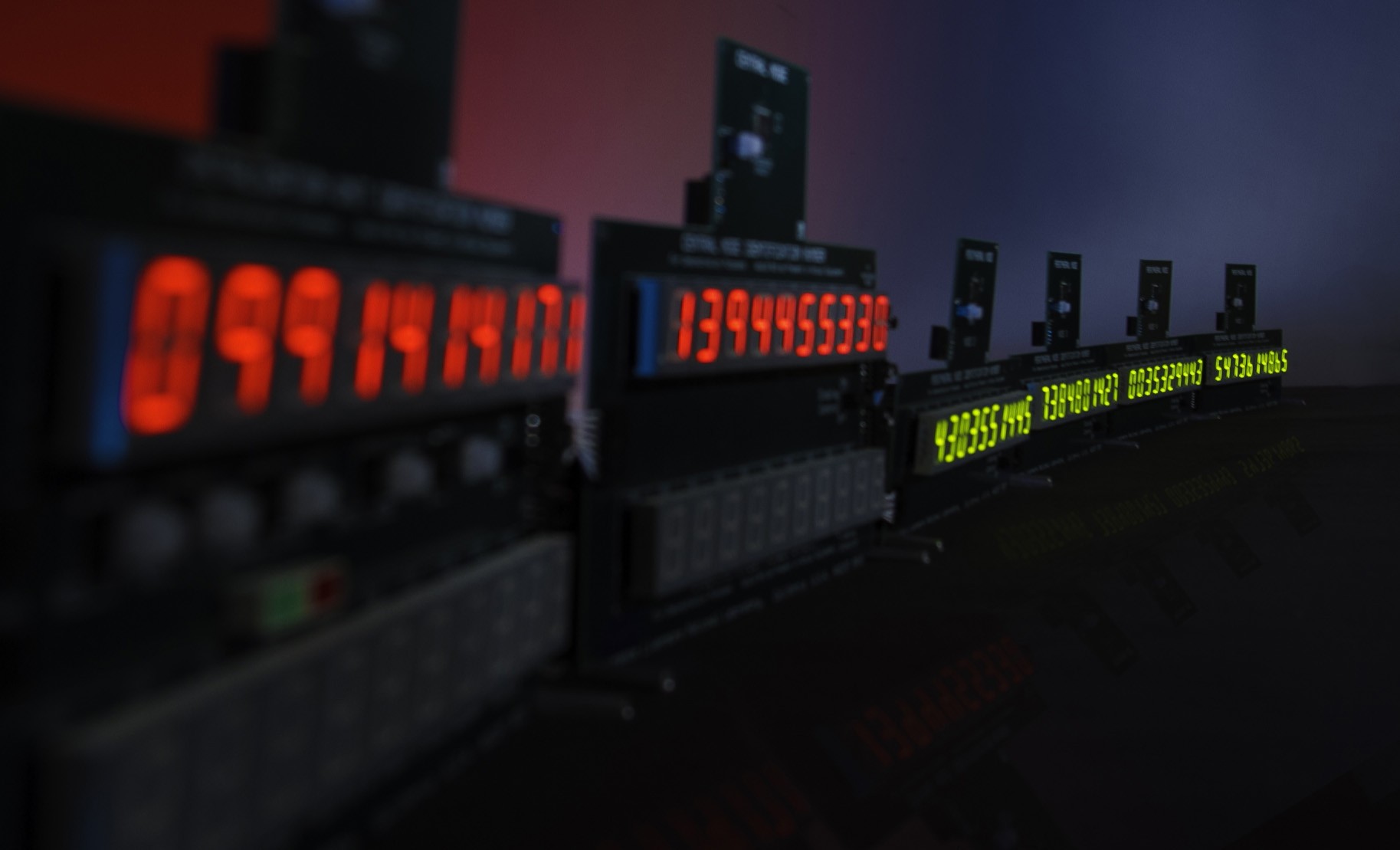Mark Hart, a scientist and engineer in Lawrence Livermore National Laboratory (LLNL)’s Defense Technologies Div., has been awarded the 2015 Surety Transformation Initiative (STI) Award from the National Nuclear Security Administration’s (NNSA) Enhanced Surety Program.
The STI award aims to stimulate and encourage the development of potentially transformational nuclear weapon surety technologies and explore innovative, preferably monumental shift solutions, to unmet surety needs.
Robert Sherman, enhanced surety federal program manager in NNSA’s Technology Maturation Div said,
STI’s task is to reach beyond the traditional stockpile stewardship function of maintaining existing nuclear weapon capability in the absence of supercritical testing. STI is intended not to maintain or polish ‘your grandfather’s Oldsmobile,’ but to go beyond it: to invent devices and technologies that serve the 21st-century nuclear security needs of the American people better than they are served by existing Cold War legacy technologies.
Hart’s winning proposal is for Intrinsic Use Control (IUC), a concept that is capable of providing improved quantifiable safety and use control within a nuclear weapon. Nuclear weapons exist, therefore control is essential. Use control of a weapon is focused on providing unencumbered authorized use while restricting unauthorized use. Safety, use control and physical security work in concert for the weapon’s surety.
As a basic concept, use control is best accomplished in the weapon itself rather than depending on administrative controls, fences and guards. Using established technology, IUC uses passive use control to resist any attacks or unauthorized use of a weapon at either the component or the fully assembled levels.
This is accomplished by designing the components to function in a way that cannot be replicated by any individual. Using the IUC concept, weapon components would be initialized and made secure during assembly by using the weapon’s fluctuating radiation field to generate unique component IDs and use-control numbers, only known to the weapon. Any anomaly in their verification, caused by removal or replacement of any protected component, will cause all protected components to be unusable.
IUC provides a less than 10-18 chance of controlling or operating an individual protected component, and a less than 10-72 chance of controlling or operating the entire protected system.
Source: Lawrence Livermore National Laboratory
